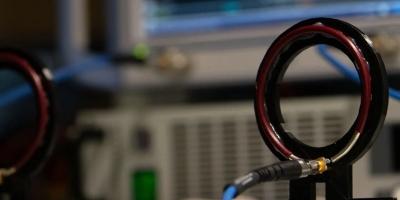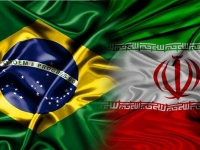
According to Yassad News, citing New Atlas, the adoption rate of wireless charging is very small, but if this technology can be used over longer distances, this trend is likely to change. In this regard, a group of researchers from Aalto University in Finland has developed a new system that enables wireless transmission of electricity over longer distances. Currently, for wireless charging, the device must be placed on a pad or stand, which is not much different from charging with a wire. The ultimate goal of wireless charging is that the user no longer has to worry about charging his device, and when he gets home, he does not need to connect his device to an outlet to access the Internet because Wi-Fi provides this possibility without connection.
The problem is that the efficiency of wireless charging decreases as the distance between the transmitter and the receiver increases, and the electricity radiation between the transmitter and receiver coils disrupts the transmission process. Aalto University researchers have presented a new dynamic hypothesis of wireless charging in their new research, which will increase the efficiency of this technology over long distances. The researchers tested this idea using two ring-shaped antennas with a diameter of 7.2 cm. They first manipulated the current in the antennas and were able to reduce the radiation resistance in the rings and increase the efficiency. They even placed the rings at a distance of 18 cm and the power transmission efficiency still remained over 80%.
Nam Ha Van, the senior author of the research, says: We wanted to balance the power transmission and the radiation loss that always happens over long distances. The experiment showed that when the electric currents in the ring antennas have equal amplitudes and opposite phases, the waste of electric radiation can be neutralized, and as a result, the efficiency increases. The researchers claim that this new method will help them analyze any wireless power transmission in theory as well as in practice, thereby improving and maximizing efficiency.

